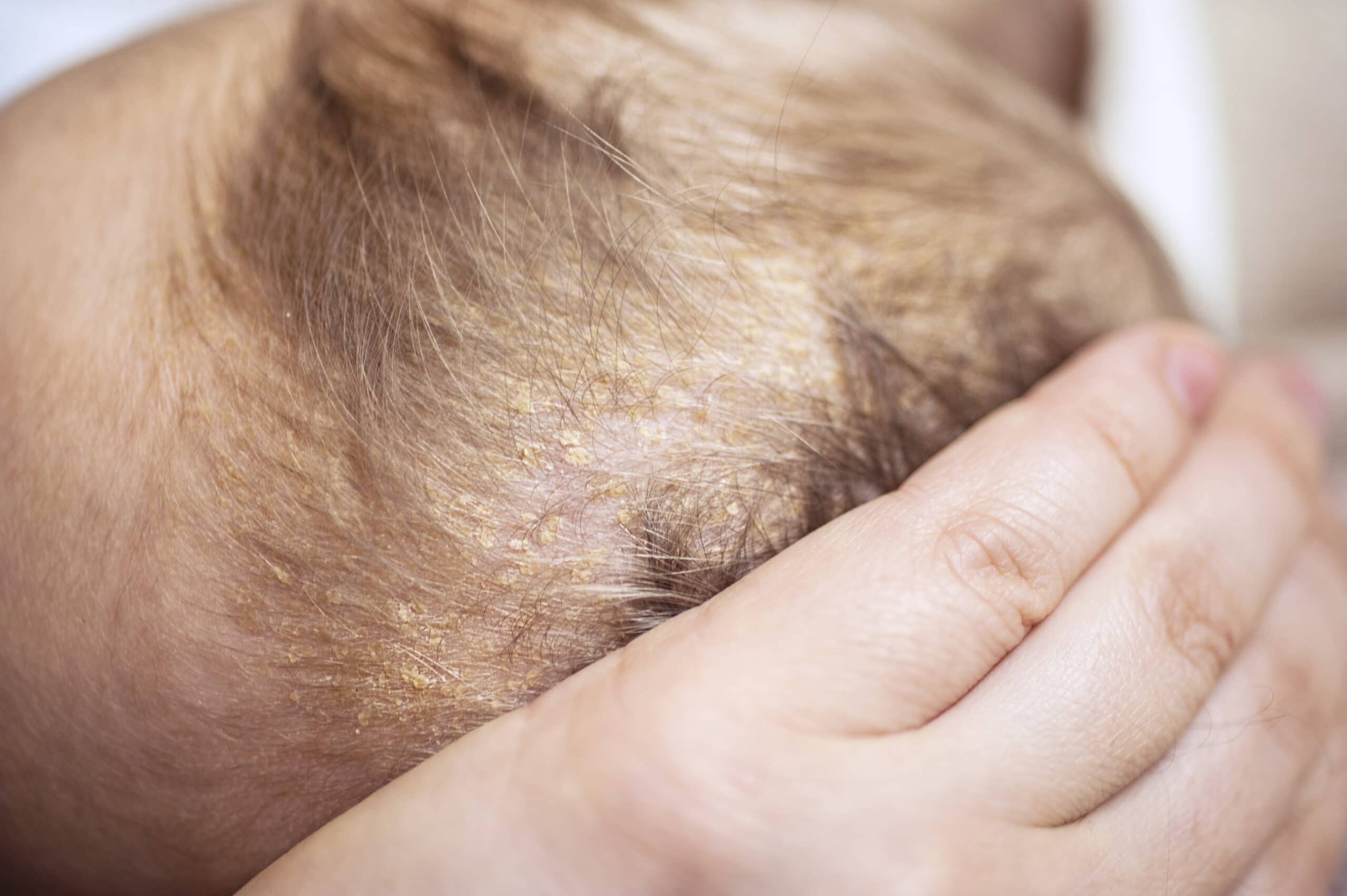What is Seborrheic Dermatitis?
Seborrheic dermatitis is a common skin issue that causes a rash. The skin will appear red and possibly swollen, with a white or yellowish crusty scale on the surface. It can also feel itchy, with one or more rashes appearing. It can occur in both children and adults, and for adults, can happen off and on throughout their lives. It’s not clear what the direct cause is. Research shows that many factors play a part, including genetics, yeast in our skin, the climate we live in and our overall health. It is known that it’s not caused by hygiene, it’s not an allergy and it doesn’t harm the body.
Who Can Get Seborrheic Dermatitis?
People of all ages can get it. Infants three months old and younger as well as adults between 30 and 60 are at a higher risk. Medical conditions can also increase your risk, like HIV, acne, epilepsy, Parkinson’s disease, depression and alcoholism.
For adults and adolescents, signs include scaly patches that look greasy or moist. Scales can flake off and be yellow or white. Patches tend to develop on oily parts of the skin, such as the scalp, ears, eyebrows, eyelids, armpits, upper chest and upper back. Other sites also may be involved, such as the belly button, buttocks, armpits, breasts and groin.
Diagnosing and Treating Seborrheic Dermatitis
Seborrheic dermatitis can look like psoriasis, eczema or an allergic reaction, but a board-certified dermatologist can tell the difference and treat accordingly. Seborrheic dermatitis can’t be cured, but there are treatment options to prevent infection and eliminate discomfort. Our board-certified dermatologist will evaluate your rash and create a personalized treatment plan. If they suspect this is the result of an underlying medical condition, other medical tests may be needed.
Depending on age, location and specifics of the rash, treatment can vary. For infants, this tends to go away without treatment, but a certain baby shampoo and medication may be recommended. For adults and adolescents, it doesn’t go away without treatment. Options include dandruff shampoos, medication, repair cream or a combination of those things.
How to Cure Seborrheic Dermatitis at Home?
In addition to possible medication, there are recommended scalp and skin care options you can do at home to combat seborrheic dermatitis:
- For the scalp, dandruff shampoos can help. Use the dandruff shampoo on day one, then every other day. Use a regular shampoo on day two, then use that every other day. As your rash decreases, you can use the dandruff shampoo less and less. Dandruff shampoos with zinc pyrithione, coal tar, selenium sulfide or ketoconazole can be especially effective.
- For the skin, use soap with 2% zinc pyrithione, fragrance-free moisturizer and a cream scale softener. Wash your skin daily with the soap and rinse well. Then apply the moisturizer after every shower or bath. The cream can provide additional support.


